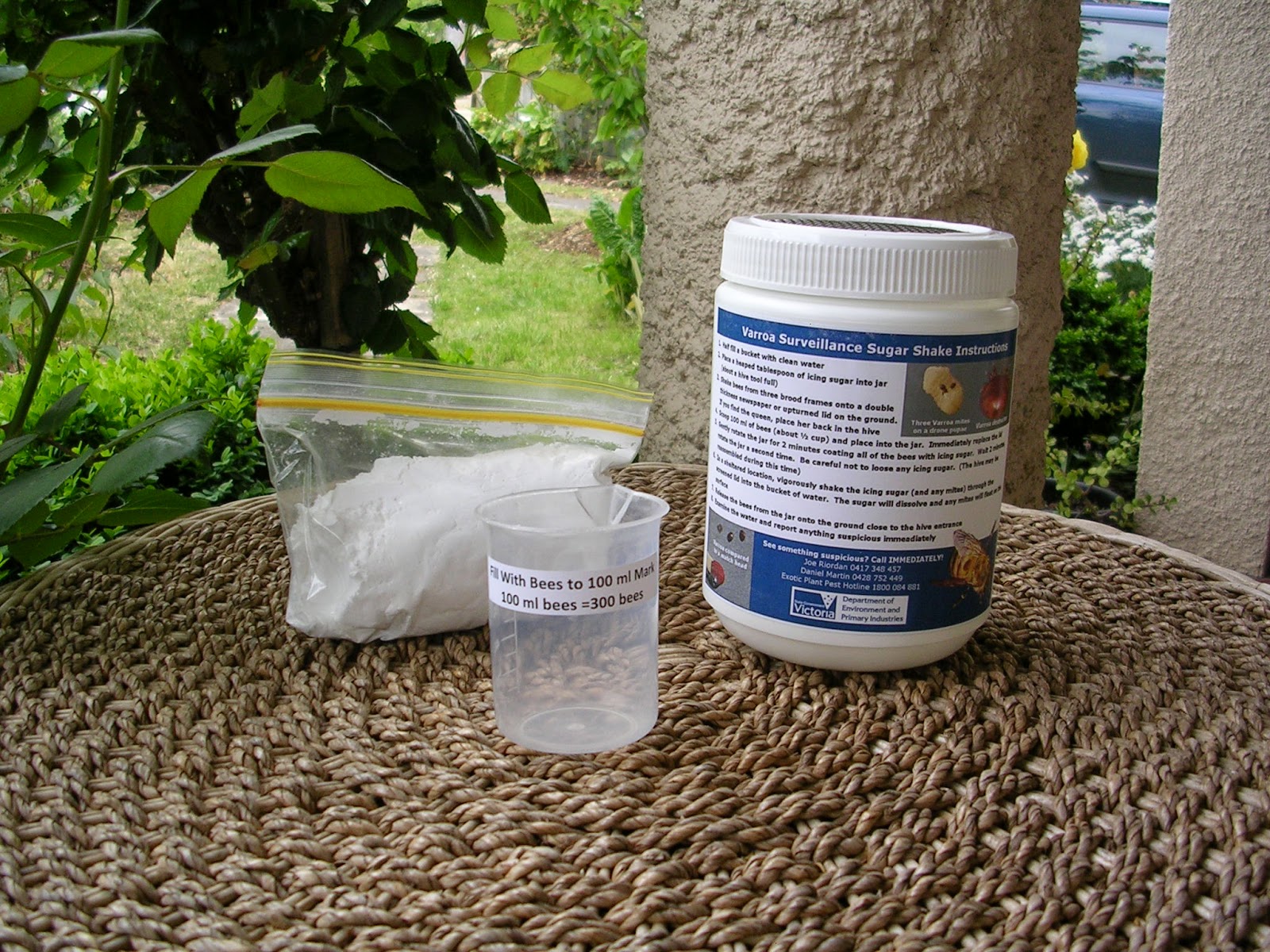Mr PragSust has been doing stuff in renewable energy off and on for several decades. There's a lot of interest in Australian communities in moving towards 100% renewable. PragSust HQ has been carbon free for some time with a biomass heater, PV's and solar hot water.
And we've reduced our energy use through various energy efficiency measures. Generally speaking, reducing your energy consumption, using Green Power and installing renewables such as solar hot water and photovoltaics will reduce your emissions. But if you would like to be a bit more systematic, here's a list of steps that might be useful as an initial checklist at a number of scales.
a/ Characterise the energy use at the site in question. As the old saw has it, if you can't measure it you can't manage it.
- When is the energy consumed within a day, in a week and across the year.
- What sort of energy ie thermal or electricity.
- How much does the energy cost.
b/ Identify energy efficiency measures. As per the perky little aphorism from several decades ago, "Weatherise before you solarise." In Melbourne, companies such as
ecoMaster and
ecomad specialise in these assessments for residential and commercial buildings. PragSust HQ has had help from both companies with pleasing results. Specialist companies are available to do thorough assessments for industrial and large commercial sites.
c/ Reduce energy use by implementing cost-effective energy efficiency measures. It's a lot easier to find a cheap, cost-effective, practical renewable solution for smaller energy demands. Australian houses, for example, are generally appallingly inefficient with respect to thermal performance ie they leak heat like a sieve. Heat goes out in winter and comes in during summer. There's nothing sexy about roof, wall and underfloor insulation but it is very effective if good quality and properly installed. Weatherproofing to reduce draughts is simple and effective if done properly. In Australia's generally mild climate a well-designed, well-built house achieving
HERS 9+ stars or
PassivHaus (
Australian Passive House Association and
Passivhaus Australia have local introductory information on the PassivHaus approach) should need little to no heating and perhaps a small amount of air-conditioning in hot weather. Other measures such as LED's and energy efficient appliances are nice and easy. For larger industrial and commercial energy users, energy efficiency companies say it's not uncommon for them to find 30% reductions in energy consumption at these sites with quick payback periods.
d/ Determine the residual energy demand.
e/ Characterise renewable energy available at the site including any seasonal variations. Renewable energy sources available might be biomass, solar, wind and so on. Each of these sources will have scales and technologies that suit particular demands.
f/ Cost-effectively match the energy sources available with the demands.
- Is storage cost-effective? This might be thermal storage in a tank, battery storage for PV's or hydro storage at larger scale.
- Can excess generation be sold? For example, feedin tariffs for excess PV generation beyond onsite consumption. Anther example is industrial parks like the one in Gussing, Austria to use process steam from a biomass CHP system.
- Can any demand be deferred or scheduled to match with generation from an intermittent energy source such as solar?
g/ Have the renewable system installed by a reputable company that will do a good job. PragSust has had excellent results from
Corospark for various residential-scale renewable systems. Corospark are also doing PV installations at 100kW scale for commercial sites, energy efficient lighting refits for residential and larger sites and voltage optimisation systems for large energy users. Going Solar are designing and installing solar hot water systems for larger sites including school campuses and apartment buildings.
h/ Identify how to meet the demand remaining after deploying cost-effective renewables.This might be from a Green Power scheme.
Rinse and repeat!



















































